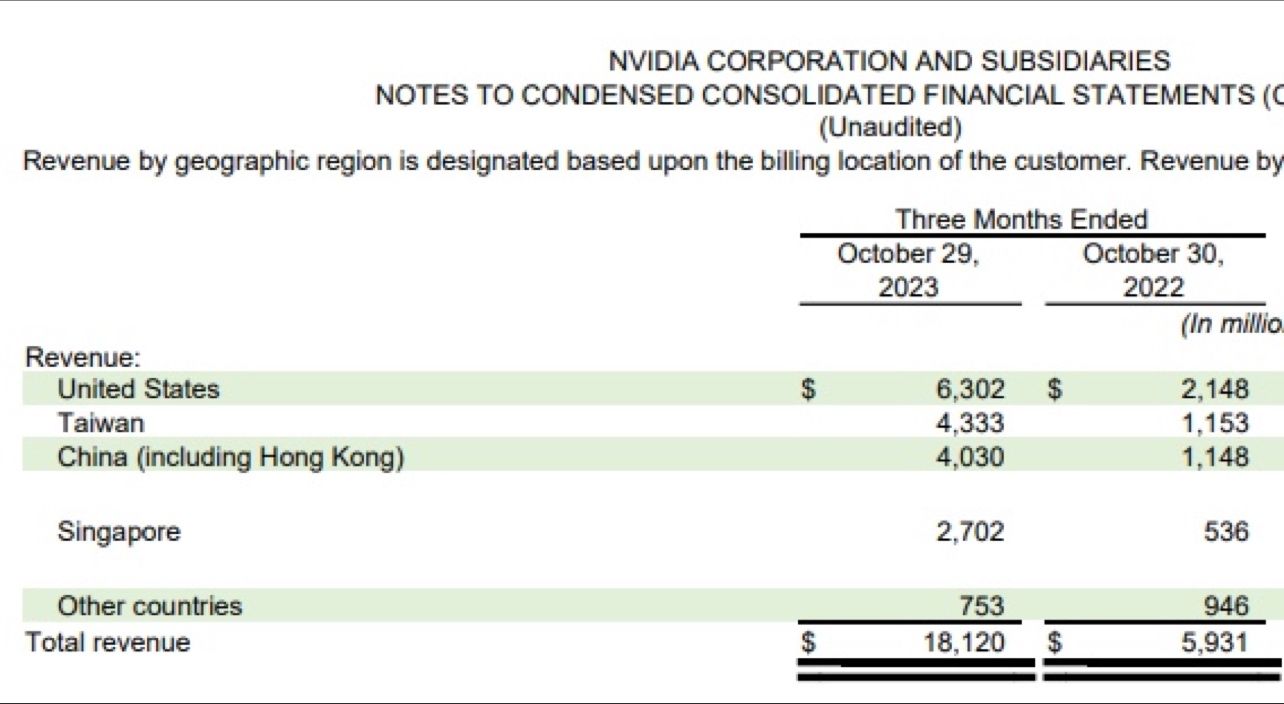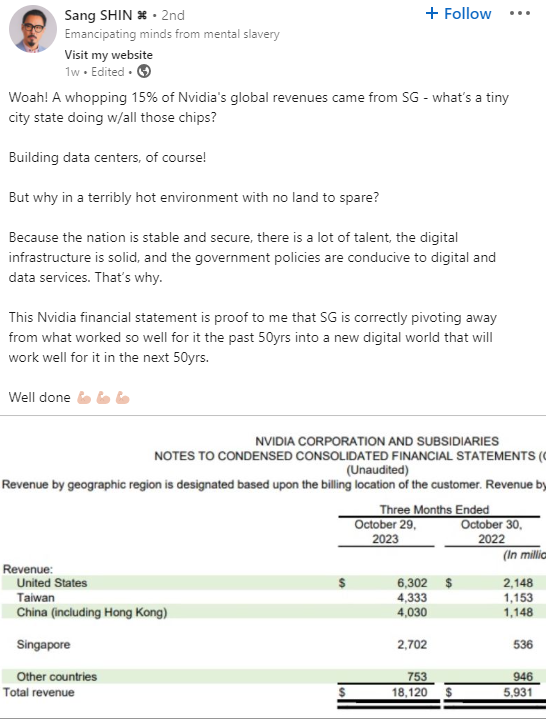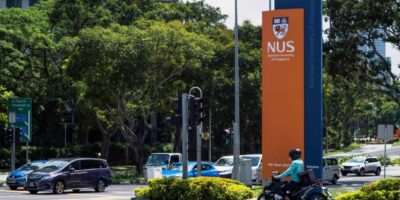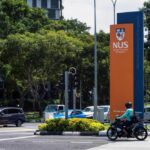
Singapore contributed around 15%, or US$2.7 billion, to the quarterly revenue of Nvidia, as revealed in the chipmaker’s SEC filing for the quarter ending in October. Photo: Shutterstock.
Singapore: the powerhouse behind Nvidia’s revenue
- Singapore contributed around 15%, or US$2.7 billion, to the quarterly revenue of Nvidia, as revealed in the chipmaker’s SEC filing for the quarter ending in October.
- In the third quarter, revenue from Singapore surged by 404.1%, exceeding Nvidia’s overall revenue growth of 205.5% from the same period last year.
- Experts reckon it is likely due to the city state’s volume of data centers and cloud service providers.
Over the last two decades, Singapore has made significant strides in solidifying its global data center hub position, capitalizing on its strategic location, robust fiber broadband connectivity, cloud services availability, and pro-business policies. Today, the city-state has formed a formidable digital infrastructure featuring 100 data centers, 1,195 cloud service providers, and 22 network fabrics. So it’s unsurprising that Nvidia Corp. saw 15% of its revenue come from Singapore in the recently concluded third quarter.
According to a US Securities and Exchange Commission filing, Singapore played a significant role in the US chip giant’s recent financial success, contributing US$2.7 billion of its US$18 billion revenue for the quarter ending October. The amount was a remarkable increase of 404.1% from the US$562 million recorded in the same quarter the previous year, surpassing Nvidia’s overall revenue growth of 205.5% from a year ago.

The power of Singapore – revealed. Source: Securities and Exchange Commission (SEC)
The growth puts Singapore ahead of every country except the US (35%), Taiwan (24%), and China, including Hong Kong (22%), based on CNBC’s observation. In the third quarter, 80% of Nvidia’s sales, as disclosed in the SEC filing, originated from the data center segment. The remaining portion was attributed to gaming, professional visualization, automotive, and other sectors.
“Cloud service providers drove roughly half of data center revenue, while consumer internet companies and enterprises comprised approximately the other half,” said Nvidia in the filing. That said, Singapore had its advantages, considering it is a global data center hub, hosting significant players including Amazon Web Services, Microsoft Azure, IBM Softlayer, and Google Cloud.
What’s more, due to a robust network supported by 24 submarine cables, the country is also the landing site for a dense network of undersea cables, connecting it to other parts of Asia, Europe, Africa, Australia, and the US. A quick check on the Speedtest Global Index by Ookla shows Singapore has the world’s highest median fixed broadband speed.
Even Citi analysts acknowledged in a November 27 report that “Singapore is also a growing area of specialized CSPs standing up data centers in the region. The contrast becomes more pronounced when accounting for Singapore’s size. On a per capita basis, Singapore spent US$600 on Nvidia chips in the quarter, whereas the US spent only US$60 and China spent approximately US$3 per capita.
“That’s the billing location of the customer and not necessarily the point of consumption,” said Srikanth Chandrashekhar on LinkedIn, responding to a post by former Temasek director Sang Shin. Sang Shin had suggested the chips might be bound for data centers in Singapore, which seems a reasonable idea, since most Nvidia chips are headed for data centers, and Singapore has many such facilities.

The irony of building data centers in Singapore is exploded by the benefits the city-state brings. Source: LinkedIn
What’s next for Singapore’s data center sector?
According to an article by ASEAN Briefing, 7% of total electricity consumption in Singapore goes to data centers, and it is projected to reach 12% by 2030. In short, the city-state will likely attract more players in the market, especially after lifting a moratorium on data centers in January 2022. Initially enacted in 2019, this moratorium responded to the considerable energy consumption associated with data centers.
Singapore has rapidly emerged as a prime destination for this pivotal industry due to its technological prowess, regulatory strength, and enticing incentives.
Firstly, the Pioneer Certificate Incentive (PC) program encourages companies, including those in the data center sector, to enhance their capabilities and undertake new or expanded activities in Singapore.
The incentive is aimed at companies involved in global or regional headquarters (HQ) activities, managing, coordinating, and controlling business operations for a group of companies. Designed to drive substantial investment contributions and foster advancements in leading industries, the PC aligns with the characteristics and potential of the data center sector.
The incentive is a win-win situation for both companies and the city-state as to qualify; businesses must introduce advanced technology, skill sets, or know-how, surpassing prevailing standards in Singapore. Additionally, they should engage in pioneering activities that substantially contribute to the economy.
Another allure of incentives includes GST waivers on importing data center equipment and covering servers, networking gear, and cooling systems. Then there’s Singapore’s dedication to sustainability, that stands out through initiatives such as the SS 564 Green Data Centers Standard and the Data Center Carbon Footprint Assessment (DC-CFA) program.
The nation’s commitment to data security and privacy is also reflected in its regulatory framework, notably the Personal Data Protection Act (PDPA) and the Cybersecurity Act, fostering a trustworthy environment for data center operations.
READ MORE
- 3 Steps to Successfully Automate Copilot for Microsoft 365 Implementation
- Trustworthy AI – the Promise of Enterprise-Friendly Generative Machine Learning with Dell and NVIDIA
- Strategies for Democratizing GenAI
- The criticality of endpoint management in cybersecurity and operations
- Ethical AI: The renewed importance of safeguarding data and customer privacy in Generative AI applications




